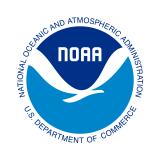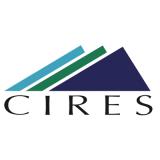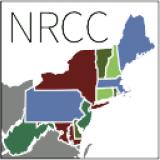Drought Indices and Indicators for the Northeast: September 7, 2021
This webinar shared project findings on drought indices and indicators that support the monitoring and management of different drought types in the northeast United States. The objective of this two-year project was to identify the most effective drought indicators for hydrologic and agricultural drought monitoring in the NIDIS Northeast Drought Early Warning System (DEWS). This includes identifying appropriate time scales related to long-term and short-term drought, and identifying responsive indicators of flash drought development. Another objective was to quantify historical snow droughts, including determining the most appropriate methods and data sources for snow drought analysis given the lack of monitoring stations that measure snow water equivalent, and identifying impacts from summer droughts.
This webinar was held by NIDIS, the Desert Research Institute (DRI), and Cooperative Institute for Research in Environmental Sciences at the University of Colorado Boulder (CIRES), in cooperation with the Northeast Regional Climate Center (NRCC).







